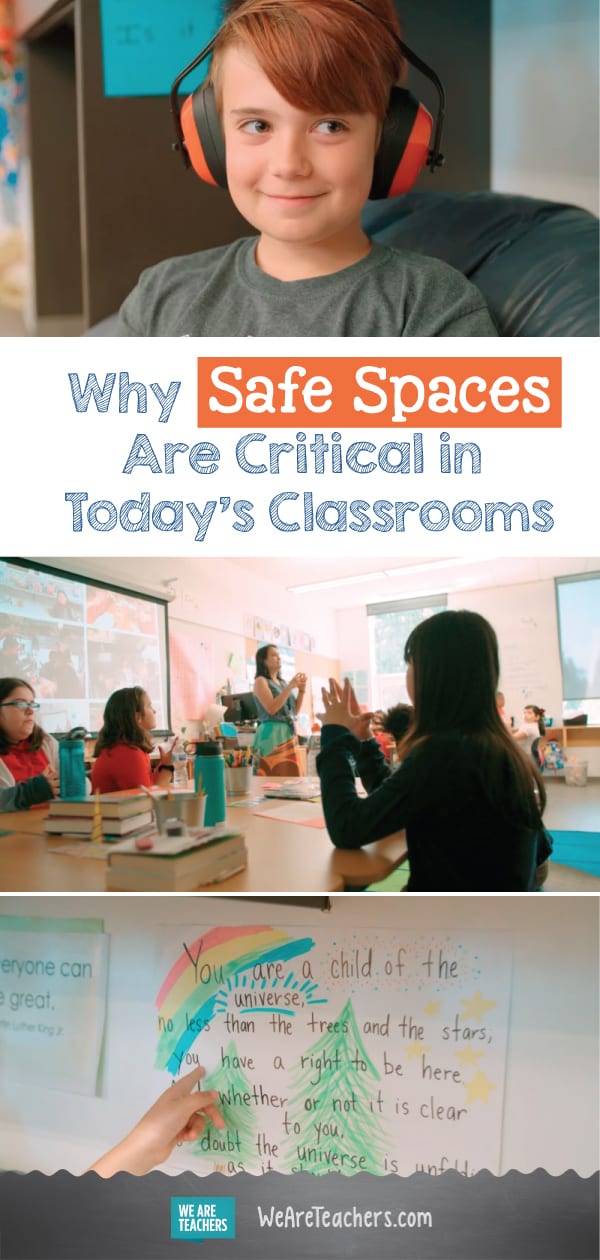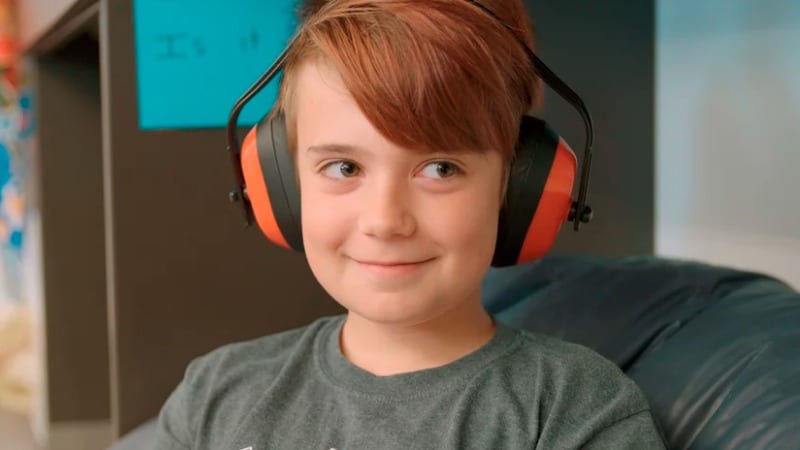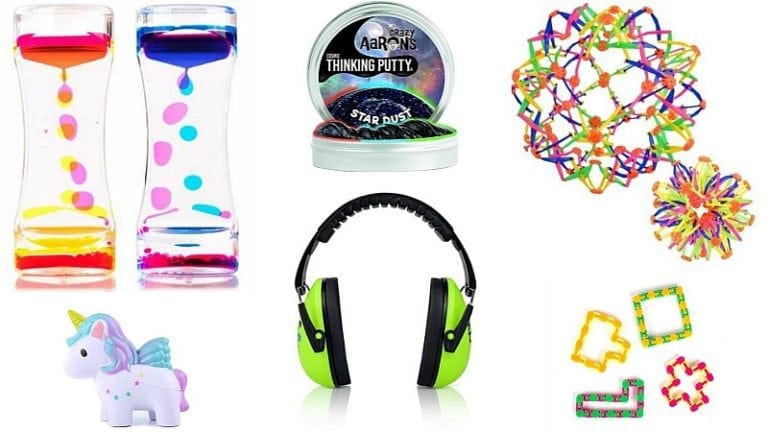Once Tiffany Lane created a safe space in her classroom, she knew she’d never go without one again. “The concept was introduced to me in my second year of teaching, and I’ve used it ever since,” she says.
Lane is a fourth- and fifth-grade teacher at the Faubion School in Portland, Oregon, and she is a big supporter of safe spaces in classrooms. But what are safe spaces exactly? Lane describes them as designated areas where kids can choose to go to calm down, take time to process, or just be alone.
Safe spaces give students a much-needed outlet.
If the concept sounds simple, that’s because it is. It doesn’t take much—just a quiet nook removed from other activity in the classroom. Many teachers include glitter jars, headphones, books, or other items to help kids take a break and decompress. The key is to model it after what works for you and your classroom.
Lane believes safe spaces, which she also calls cool-down spots, support social-emotional learning by helping kids pay attention to their feelings and learn how to manage them.
“You can’t expect that kids just know how to calm down,” Lane says. “We as teachers can do our part to give them these tools.”
Kids can’t learn when they don’t feel safe.
Safe spaces serve every kind of student. For some, the space might give them a brief pause from a tough day. For others, it can be so much more. Safe spaces are often cited for helping kids suffering from intense levels of stress or trauma.
For decades, educators have been aware of the need for schools to address childhood trauma. In 1995, Sandra L. Bloom, MD, published a paper, “Creating Sanctuary in the School,” in which she describes the process of creating a safe and healing environment for children. She writes, “Children are only able to learn within a context of safety and security. But for many children today, neither their homes nor their schools are safe places for living, much less learning.”
Now, more than 20 years later, the incidence of adverse childhood experiences (ACEs) and their devastating impacts has only increased and are by no means restricted to specific socioeconomic or ethnic groups. Student trauma can stem from domestic violence; physical, sexual, or emotional abuse; poverty; divorce; or parental mental illness, incarceration; or substance dependence.
Marilyn Price-Mitchell, PhD, authored an article about the importance of helping kids heal. While the scars from trauma are sometimes evident, there are “subtle, often invisible, ways children suffer from trauma,” she writes, “the most common being the loss of human connection.” This is called relational trauma, and it’s rooted in feelings of inferiority, neglect, and isolation.
Studies have long shown that children are especially vulnerable to stress, which inhibits their ability to learn. In a 2014 TEDMED Talk, pediatrician and author Nadine Burke Harris argues that the damage runs even deeper: “High doses of adversity not only affect brain structure and function; they affect the developing immune system, developing hormonal systems, and even the way our DNA is read and transcribed.”
It’s a simple practice with an enormous payoff.
This is where a handy classroom management tool can make a big difference in student well-being. Safe spaces represent a shift in educator thinking from what a child is doing to disrupt the classroom to what might be causing the behavior.
The key is to educate the class on the benefits of the safe space. Let them know when to use it and the cues that might indicate they need a break. Encourage them to choose the zone to regulate and then return to the classroom activity when they feel ready.
Once kids see that it is okay and “normal” to get upset or need a break, they begin using safe spaces voluntarily for their own unique needs. This is social-emotional learning in action.
Emphasize that it is not a punishment, rather a choice.
“I don’t send kids there,” Lane explains. “Kids choose to go there. And that’s how I know the safe space is successful.”
Safe spaces can teach respect, inclusion, empathy, and healing.
Safe spaces have nothing to do with blame or shame or marginalization. They are centered on the belief that everyone belongs.
“There’s not a one-size-fits-all for any kid,” says Lane. “We all need different things.”
Lane involves her students in designing their space so they feel ownership of it, will want to take care of it, and respect those who choose to use it. She wants her students to understand they’re not at fault for having lots of conflicting emotions and that these emotions are common to everyone, regardless of age, ability, or background.
To drive this point home and actively model self-awareness, Lane visits the space herself to show that needing a break is something everyone needs.
Sharon Stanley, PhD, author of Relational and Body-Centered Practices for Healing Trauma, writes, “When parents and teachers create safe spaces for children to express themselves, explore their feelings, and become aware of the sensations in their bodies, children feel what it means to be human.”
Have you incorporated safe spaces in the classroom? Share your tips on our WeAreTeachers HELPLINE Facebook group.
Plus: 15 Smart Ways to Prevent Teacher Burnout That Really Work.


